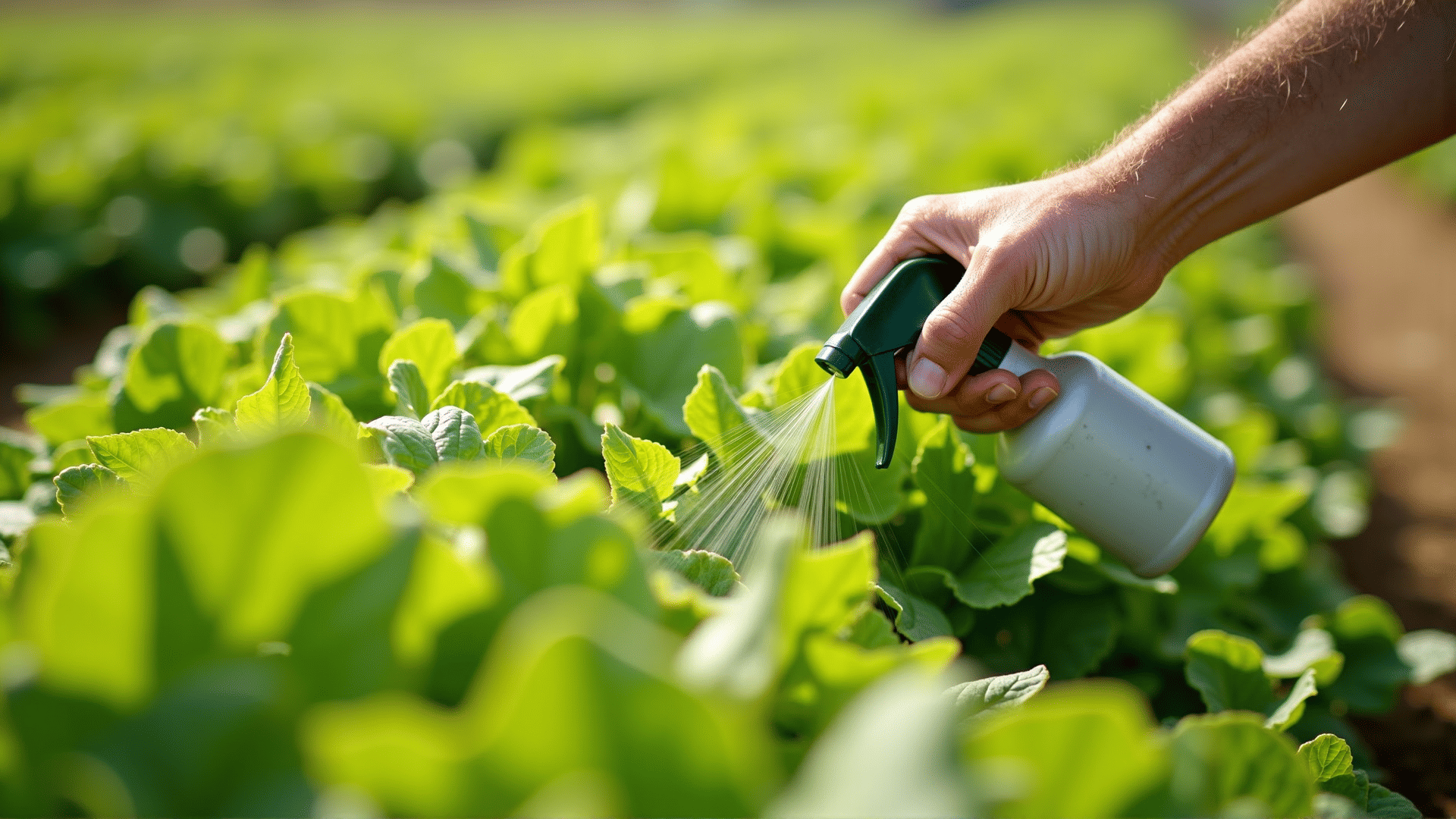In recent years, the growing interest in sustainable agriculture has put the spotlight on eco-friendly pesticides. As environmental concerns mount and consumers demand safer food production methods, the search for alternatives to conventional chemical pesticides intensifies. Yet, the question remains—are eco-friendly pesticides truly the panacea for modern agriculture, or are they more myth than reality?
First, it's essential to understand what eco-friendly pesticides are and how they differ from conventional options. Traditional pesticides often contain synthetic chemicals that can be toxic to both the targeted pests and non-target organisms, including beneficial insects, animals, and even humans. These substances can also lead to soil degradation, water contamination, and biodiversity loss. On the other hand, eco-friendly pesticides aim to mitigate these drawbacks. They are typically derived from natural materials such as plants, minerals, or microorganisms, and are designed to target specific pests while minimizing harm to other components of the ecosystem.
One of the primary benefits of eco-friendly pesticides lies in their reduced environmental footprint. Since these substances are often biodegradable, they tend to break down more quickly in the environment, reducing the risk of long-term contamination. Moreover, by targeting specific pests, they help preserve beneficial insects like pollinators and natural pest predators, thereby maintaining ecosystem balance and enhancing biodiversity.
Eco-friendly pesticides can also contribute to the sustainability of agricultural practices. By integrating these products into pest management strategies, farmers can potentially reduce their reliance on synthetic chemicals, align with organic farming principles, and cater to the growing market for sustainably produced products. This can lead to healthier soil, improved crop resilience, and, ultimately, a more stable food supply chain.
However, despite their promise, eco-friendly pesticides are not without limitations. One significant challenge is their variable effectiveness. Natural compounds may degrade rapidly in certain environmental conditions, such as intense sunlight or rain, which can diminish their potency and require more frequent applications. This can increase labor and costs for farmers, a factor that can hinder large-scale adoption.
Moreover, eco-friendly pesticides may not be as readily available or as broadly tested as their conventional counterparts. The development and commercialization of new bio-based products often face regulatory hurdles and high research and development costs. As a result, the existing range of products may not be sufficient for all types of crops or pests, and farmers might need to rely on integrated pest management (IPM) approaches that combine eco-friendly solutions with conventional ones.
There's also an underlying issue of perception and trust among consumers and farmers. With limited public understanding of how eco-friendly pesticides work, there may be skepticism about their benefits and effectiveness. This highlights the necessity for robust education and awareness campaigns to inform stakeholders about the potential of these products in achieving sustainable agricultural goals.
In conclusion, eco-friendly pesticides hold significant promise in reducing the environmental impact of pest control and promoting sustainable agriculture. However, their effectiveness, availability, and acceptance are areas that need further development and attention. To truly integrate these solutions into modern agriculture, a collective effort is required from researchers, policymakers, and the agricultural community to advance their efficacy, accessibility, and public perception. Only then can the myth of eco-friendly pesticides become a sustained reality in protecting both crops and the environment.
